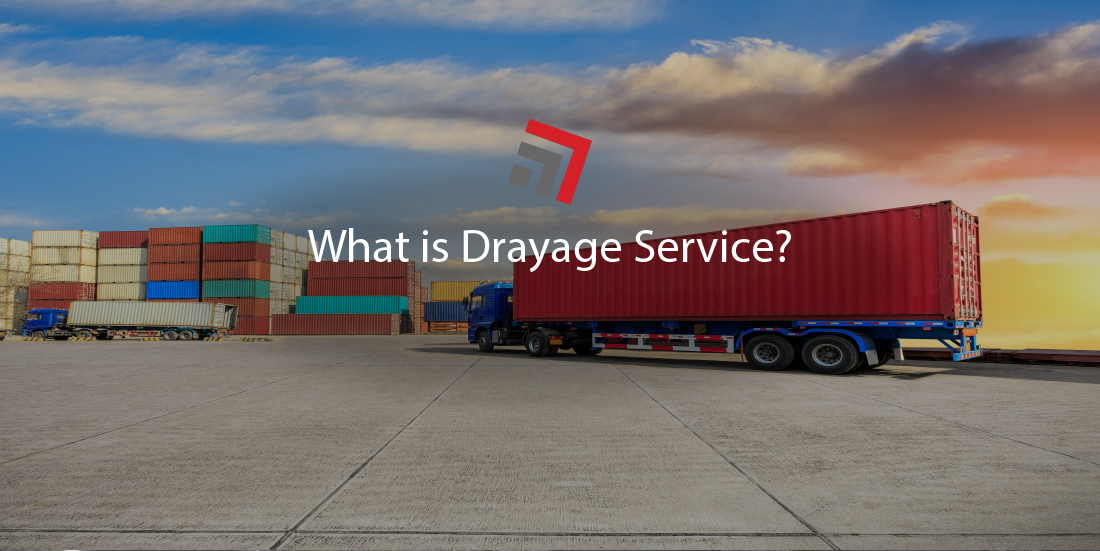If you are relatively new to shipping, or are expanding your involvement with it, knowing what drayage service is, and the advantages it provides can benefit your company in the long run.
What is Drayage Service?
Drayage service is a shipping service for shipping entire containers via road. This is different than LTL shipping, where containers are brought to a freight station to be deconsolidated and reconsolidated in separate trailers based on their location.
If you need an entire container to make its way to your companies’ door, there are a couple ways this can be done: by road, and by rail:
Road Transport: Drayage Service
If you are shipping a full container of freight, it does not need to be deconsolidated. All you need is for it to be picked up and brought to your door, this is an example in which drayage service may be used. You can even hire a drayman to pick up the container from the port and deliver it your company’s dock.
Road Transport is only meant for short trips, if your company is located on the coast, it may not be too difficult to find a drayman who can carry the container from the port to your dock door, so a straight port-to-drayman-to-door move may be easy enough.
Intermodal Transport: Drayage Service
Drayage service is not just for charted service of your freight container to your door by a trucker – it is any service required for picking up a full container and moving it to another location.
Types of Drayage Service:
There is lots of different forms of drayage service, but they are generally defined by a specific classification. Here are a few classifications that come from the IANA (Intermodal Association of North America):
- Expedited drayage: Quick transportation of freight containers.
- Inter-carrier drayage: Refers to the movement of a container between various carriers.
- Intra-carrier drayage: Refers to moving cargo to two different hubs owned by the same carrier. Cargo might be transported from an intermodal hub to a rail hub.
- Pier drayage: This is used when you need to move a shipping container from a rail terminal to an ocean shipping port.
- Shuttle drayage: Shuttle drayage involves moving an intermodal unit to a temporary stopping point. This is used when port congestion is high, and delays may be at consequence.
- Door-to-door: This is used for straight pick-ups and delivery of a container to your door.
Moving Forward
There is not a “correct” type of drayage classification, as it will largely depend on your shipping circumstances. If you are using intermodal transportation, are located near the port, are located far away from the port, or have any other major logistics-chain-related factors in play, they will all affect which drayage service you should use.
Our team would be more than happy to help you with any questions you may have, contact us today!



Recent Comments